Why “Curious” Evaluation?
Curiosity is the driving force behind inquiry—a spirit of exploration, a thirst for learning, and a willingness to embrace diversity and novelty. It transcends a mere quest for simple answers or superficial understanding. Curiosity thrives when thinking with nuance, challenging assumptions, and embracing diverse perspectives. Without curiosity, critical thinking remains limited.
In evaluation, curiosity plays a vital role in every stage. It guides the formulation of insightful questions and shapes the interpretation of results. Curiosity is the wellspring of creativity, inclusivity, and expansiveness. It is indispensable for the success of activities such as design, communication, implementation, and interpretation.
In data management, curiousity questions the assumed relationships between concepts and the role of the user as they interface with a system. Assessing the capacity of individuals in the context of the organic creation of information is crucial to developing a data storage and reporting approach that works. Balancing the necessary standardization of data collection with the nuance and individuality of each program is a skill that takes time and practice.
Practical lenses that frame our approach
These elements serve as guides in our communication, project design, decision-making, and deliverables.
1
Labor Considerations
Projects are meticulously designed and negotiated, taking into account the capacities of all parties involved, including outside consultants, leadership, and the staff within your organization. We prioritize realistic discussions about project timelines, deliverables, and the necessary team members, as these form a crucial aspect of our initial conversations.
2
Systems Thinking
The individuals you serve and your organization are part of a larger ecosystem, much of which lies beyond our immediate control. It is essential to comprehend the bigger picture and how your services align within it to generate practical projects. This bird's eye view encompasses considerations of unintended consequences, contextual factors, and long-term sustainability.
3
Intersectional Justice
All organizations cater to diverse individuals with unique experiences and identities. Participation by those at the intersections of these identities serves as a valuable indicator of where improvements can be made or where achievements can be celebrated. Rather than solely examining demographics individually, we strive to engage in an intersectional analysis, recognizing the interconnected nature of identities.

